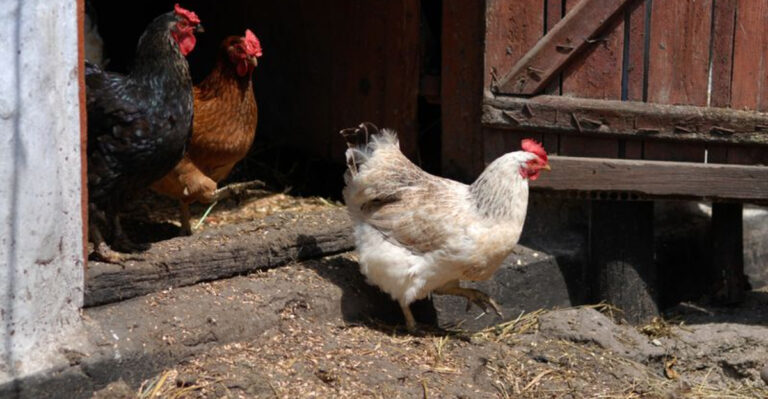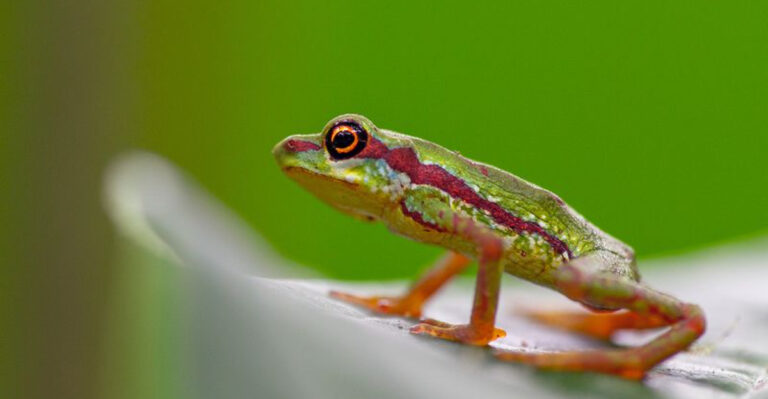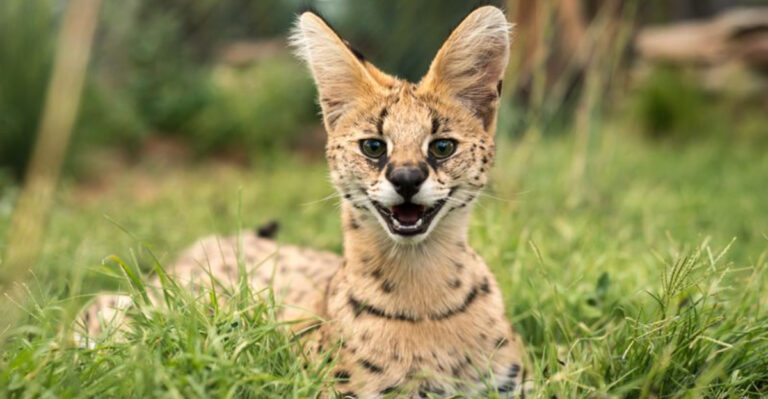11 Worst Pets To Have If You Already Own A Dog
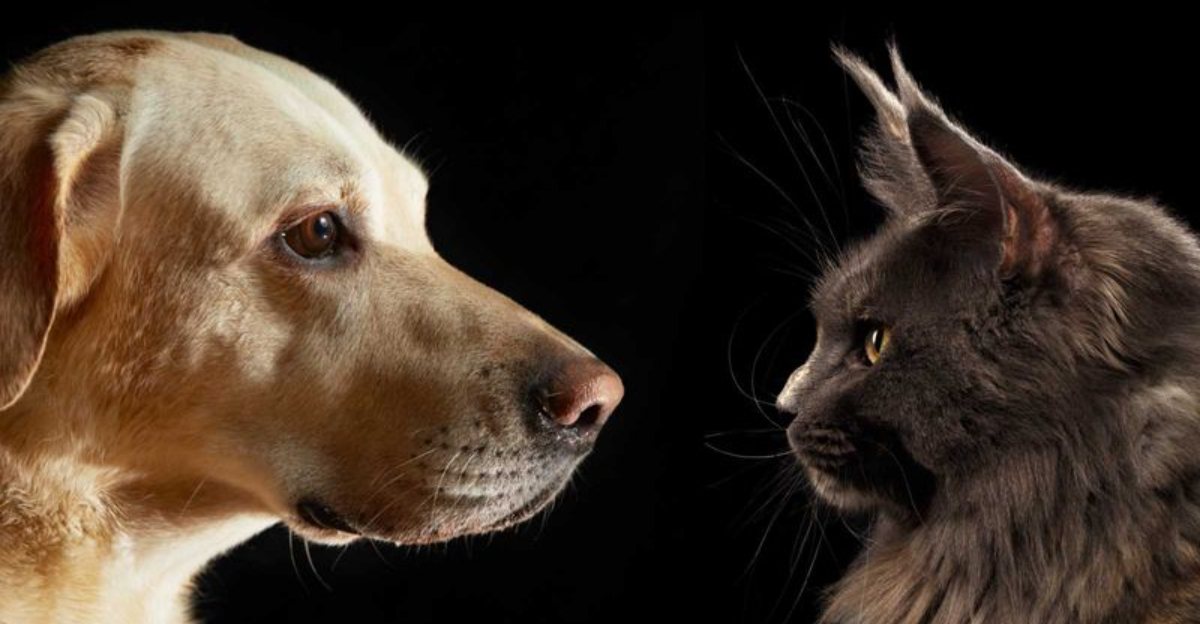
Owning a dog can be one of the most rewarding experiences, but it does come with its own set of challenges, especially when considering adding another pet to your household.
Not every animal gets along with dogs; some pets might find your canine companion to be a threat, while others might simply not be able to coexist peacefully.
Here we explore the worst pets to have if you already own a dog, helping you make an informed decision and maintain a harmonious home environment.
1. Chinchillas
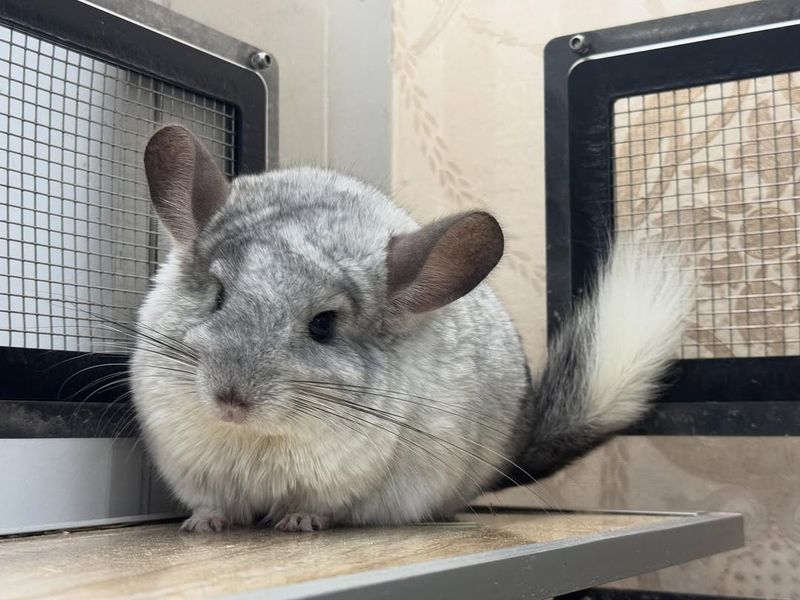
These adorable fluff balls might seem like a charming addition to your home. However, their delicate nature and specific needs often clash with the boisterous demeanor of dogs. Chinchillas are sensitive to loud noises and rapid movements, which can cause stress when a playful dog is nearby.
Moreover, they require a dust bath several times a week to maintain their soft fur, a routine that might be disrupted by an overly curious dog. Their nocturnal habits mean they are most active at night, potentially disturbing your dog’s sleep schedule, leading to an unrested and grumpy pup.
2. Birds
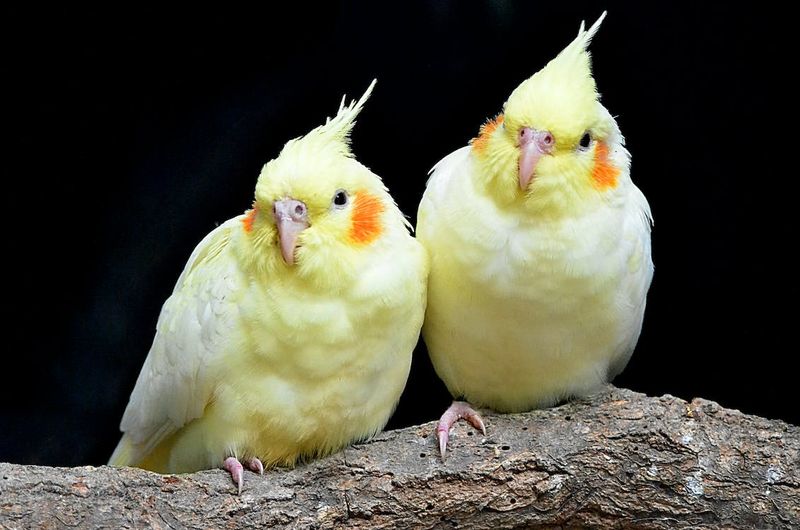
Birds, with their vibrant colors and engaging songs, can be tempting additions to a family home. However, they can be particularly challenging to keep in a household with dogs.
Birds need a calm and stable environment to thrive, and the presence of a dog can introduce stress and unpredictability that are harmful to birds.
A dog’s barking and sudden movements can frighten birds, leading them to become stressed or even injure themselves by flapping around in panic. Additionally, dogs may be tempted to chase or play with birds, leading to dangerous situations.
3. Guinea Pigs
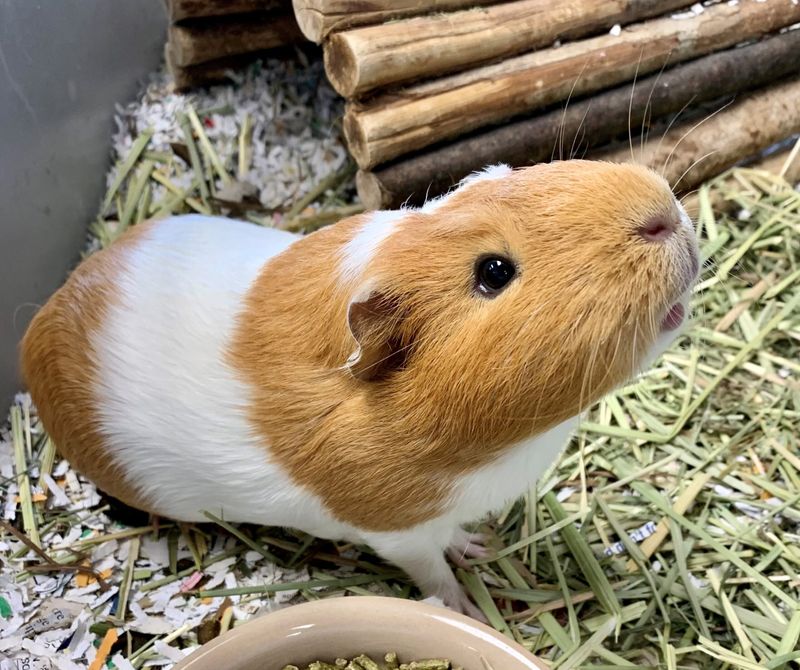
Guinea pigs are gentle and sociable pets that require a calm and stable environment to thrive. Unfortunately, a household with a dog may not be the ideal setting for these sensitive animals. Dogs, with their natural curiosity and energy, can easily overwhelm guinea pigs, causing them stress and anxiety.
Guinea pigs communicate with a variety of sounds, and the presence of a dog can inhibit their natural behavior and vocalization. Moreover, dogs might perceive guinea pigs as prey, leading to potential chasing or barking, which can be frightening for the small creatures.
4. Hamsters
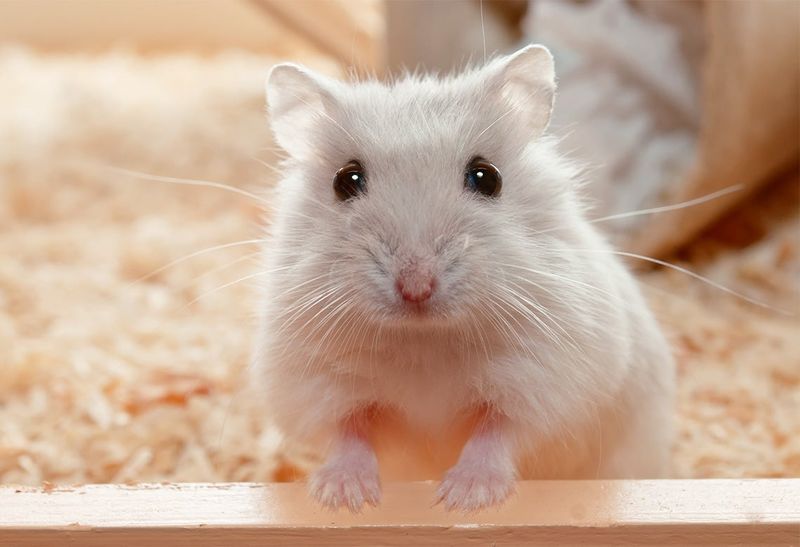
Hamsters are small, delicate creatures that can be easily stressed by the presence of larger animals like dogs. Their nocturnal nature means they are most active at night, which can be problematic in a household with a dog that is active during the day.
This mismatch in activity levels can create a noisy environment, disturbing both pets and their owners. For a dog, a hamster might be seen as a toy or prey, especially for breeds with strong hunting instincts.
The sound of a hamster running on its wheel or rustling its bedding can attract a dog’s attention, leading to barking or attempts to access the cage.
5. Parrots
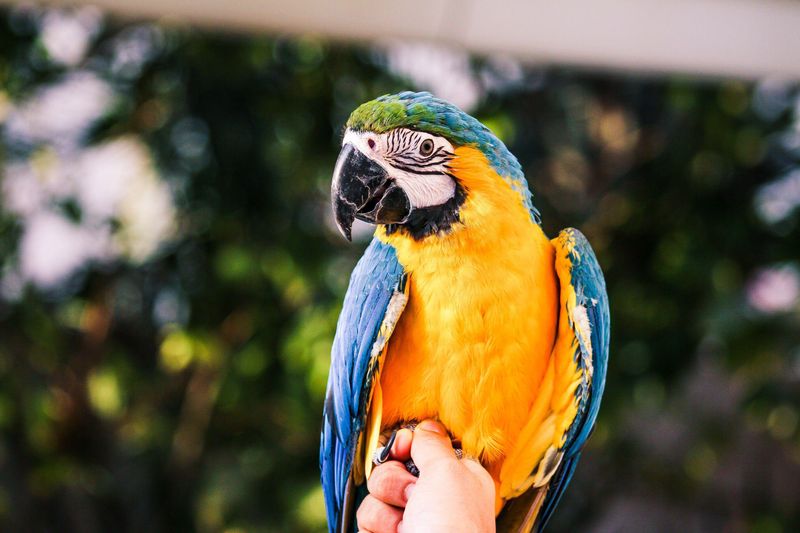
Parrots can be incredibly rewarding pets, known for their intelligence and vibrant personalities. However, owning a parrot alongside a dog can present unique challenges that require careful consideration.
Parrots are sensitive creatures that thrive in calm and stable environments, which can be disrupted by a dog’s unpredictable behavior.
The noise level is a significant factor; dogs barking can stress parrots, who are accustomed to quieter surroundings. Additionally, parrots are known for mimicking sounds, and a loud household could lead to a parrot picking up undesirable noises, such as barking.
6. Ferrets
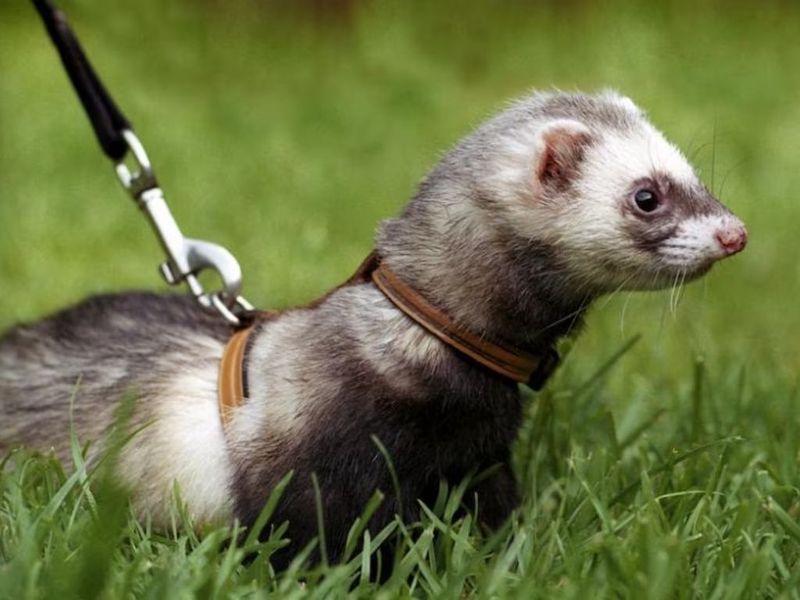
Ferrets are playful and curious creatures that require a lot of attention and space to explore. However, they are not always compatible with dogs due to their energetic and sometimes mischievous nature. Ferrets can easily provoke a dog’s hunting instincts, leading to potential conflicts and stress for both animals.
Dogs and ferrets have different social structures and communication styles, which can lead to misunderstandings and aggressive behavior. Ferrets might inadvertently provoke a dog by playing too roughly, or a dog might view a ferret’s playful antics as a challenge.
7. Reptiles
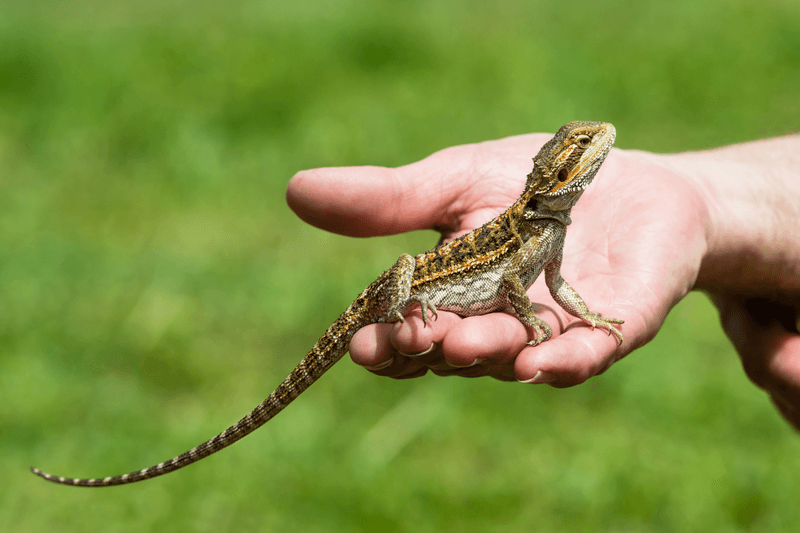
Reptiles such as snakes, lizards, and turtles require specific environments and care that can be difficult to maintain alongside a dog. These cold-blooded animals need precise temperature, humidity, and lighting conditions to thrive, which can be disrupted by a dog’s presence.
Dogs are naturally curious and might disturb the habitats of reptiles, which could lead to stress or escape attempts. A dog’s barking and movement can cause anxiety in reptiles, who are sensitive to vibrations and noise. This stress can lead to health issues or changes in behavior, such as refusal to eat or hiding excessively.
8. Fish
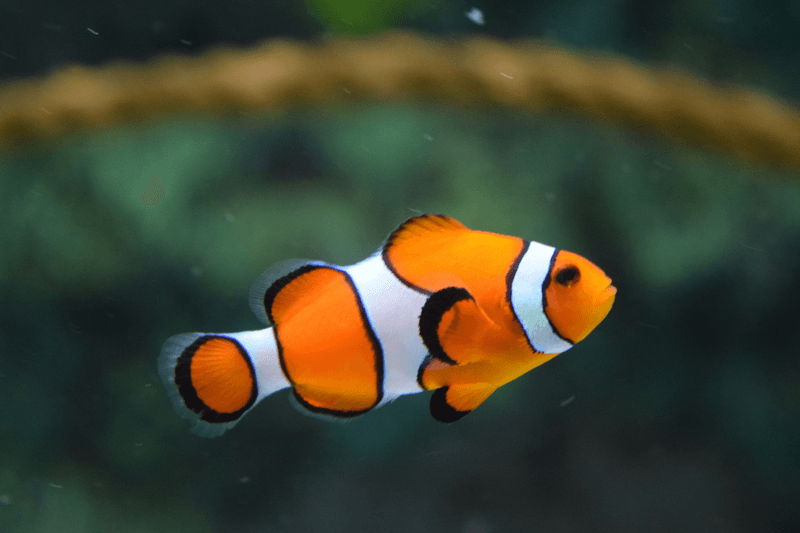
Fish might seem like an easy pet to pair with a dog due to their quiet and contained nature. However, maintaining an aquarium while owning a dog can present unexpected challenges.
Dogs are naturally curious and may view a fish tank as an interesting object to explore, which can lead to stress for both the fish and the dog.
The movement of fish can attract a dog’s attention, leading to barking or attempts to interact with the tank. This can be stressful for the fish, who might become skittish and prone to hiding.
9. Cats
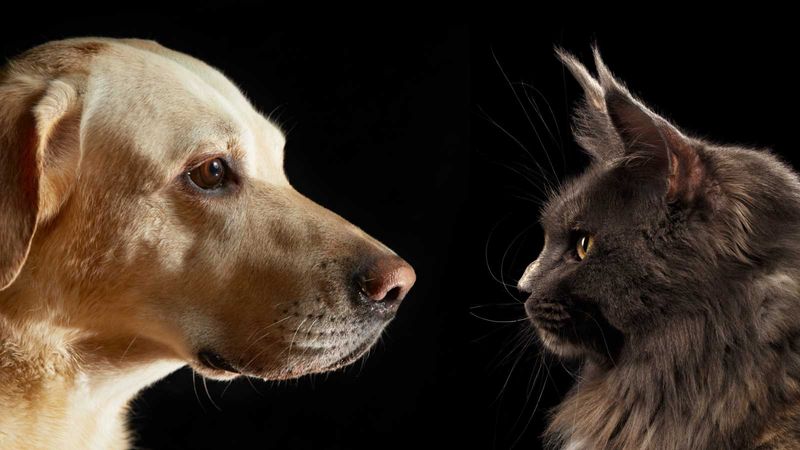
When it comes to adding a new pet to a home with a dog, cats might seem like an obvious choice due to their popularity. However, the reality is often more complicated.
Dogs and cats have historically been portrayed as arch enemies, and this stereotype isn’t entirely unfounded.
Cats are territorial creatures and can become stressed or aggressive if they perceive a canine intruder in their space. This can lead to territorial disputes, with your dog feeling equally threatened by the cat’s presence.
10. Capybaras
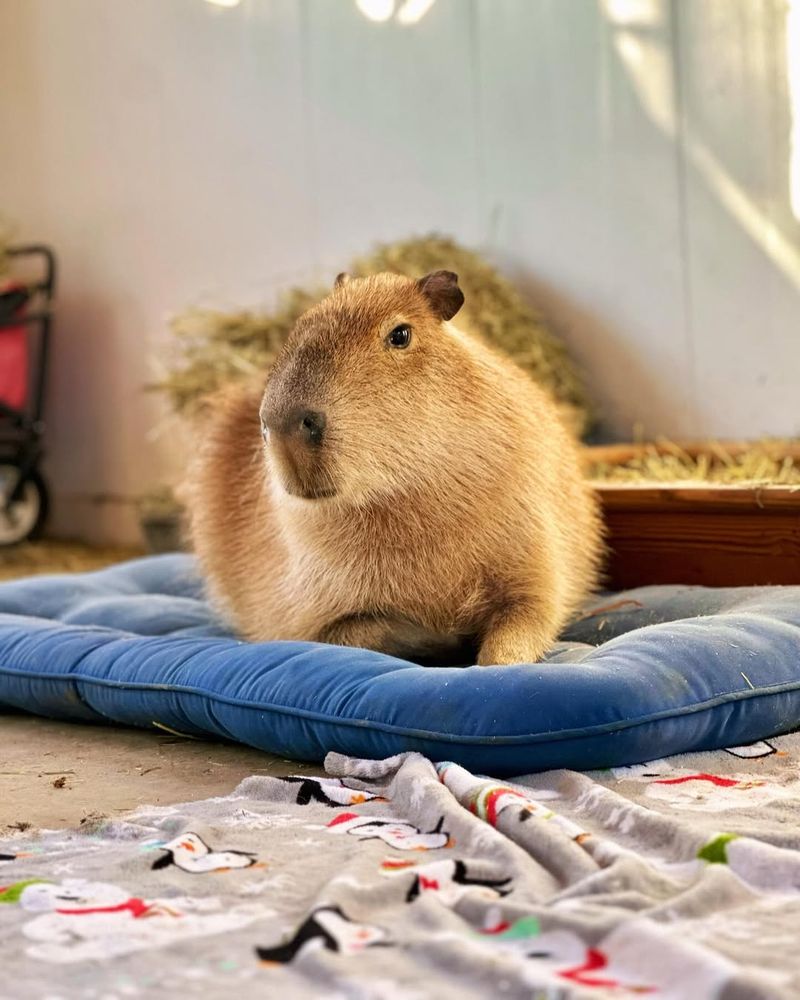
Ever considered adding a capybara to your family? These gentle giants are the world’s largest rodents, which makes them an unusual choice for a household pet. Their sheer size and unique needs can be overwhelming, especially when you already have a dog in the house.
Capybaras are social creatures, often requiring large outdoor spaces to roam freely. They thrive in groups, meaning you might end up with more capybaras than expected. This can lead to territorial disputes with your dog, especially if space is limited.
11. Rabbits
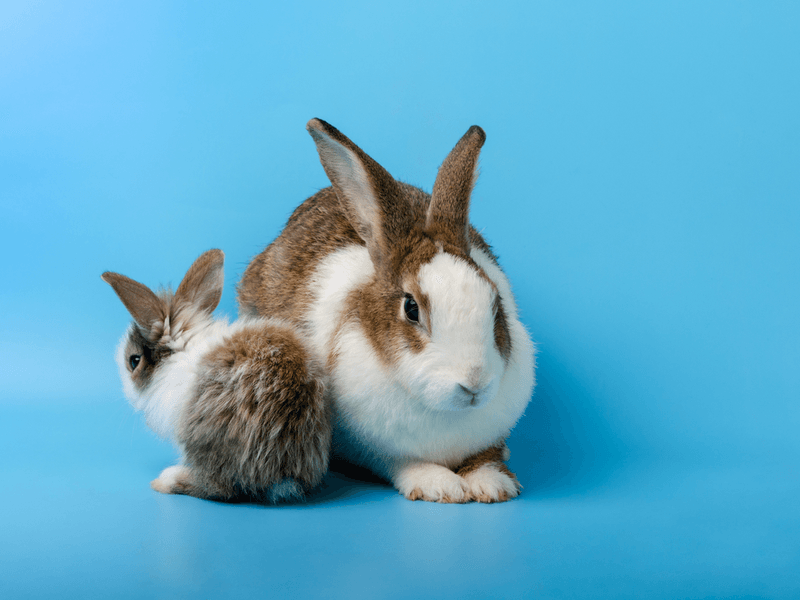
Bringing a rabbit into a home with a dog can be a recipe for stress, both for the rabbit and the owner. Rabbits are prey animals by nature, and dogs, particularly those with hunting instincts, may see them as something to chase.
This dynamic can lead to a high-stress environment for the rabbit, who might constantly feel the need to hide or escape from the dog.
Rabbits require a peaceful and quiet environment to thrive, something that can be difficult to provide in a dog-friendly home.

